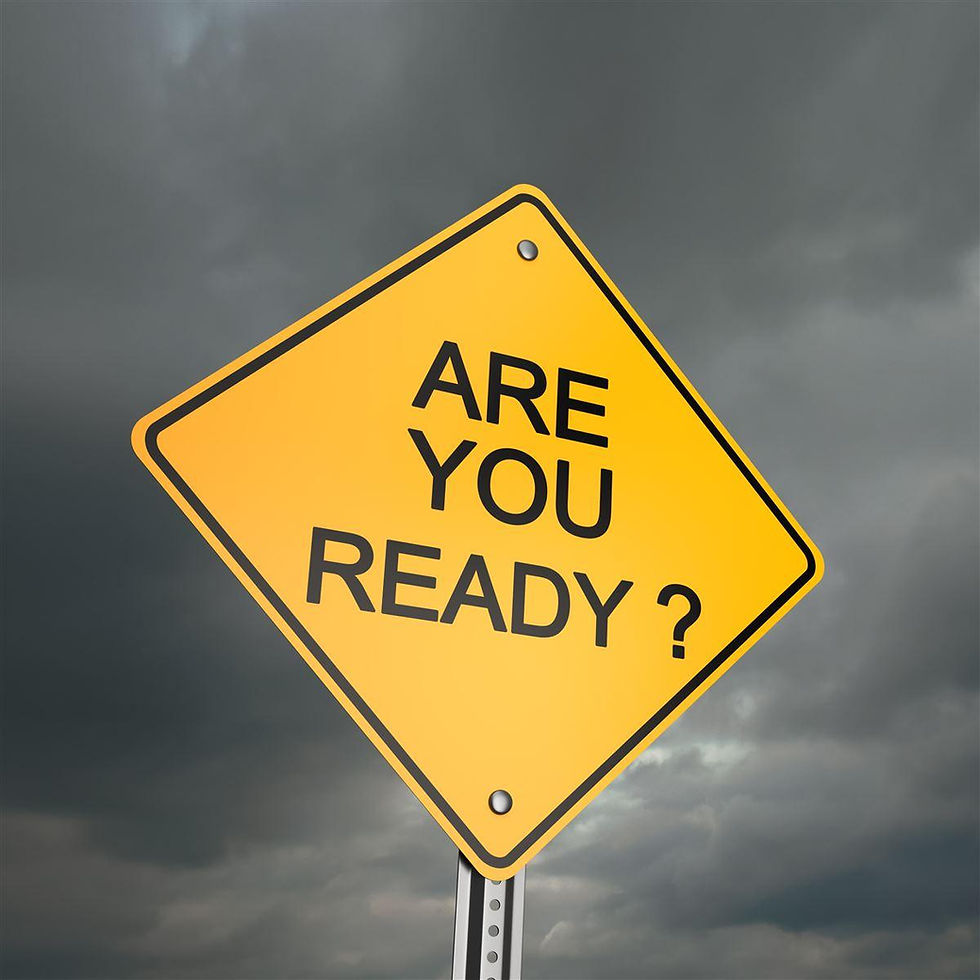Disaster Preparedness for Horses
- Coastal Equine

- Jun 27, 2018
- 2 min read
Updated: Sep 8, 2019
Originally published by The Humane Society of the United States
Horses require extra consideration in disaster planning.

A good disaster plan is vital to keeping yourself and your animal companions safe. But horses require extra consideration because of their size and specific transportation needs. Since you won’t have much time to think or act during an emergency, take time now to create an effective emergency plan.
Planning for a disaster
Permanently identify each horse by tattoo, microchip, brand, or photograph. In your records, include the horse’s age, sex, breed, and color. Keep this information with your important papers.
Keep halters ready for your horses. On each halter attach a luggage tag with the following information: the horse's name, your name, email address, your telephone number, and another emergency telephone number where someone can be reached. At the time of evacuation, consider additional temporary identification such as a leg band.
Place your horses' Coggins tests, veterinary papers, identification photographs, and vital information—such as medical history, allergies, and emergency telephone numbers (veterinarian, family members, etc.)—in a watertight envelope. Store the envelope with your other important papers in a safe place that will be easy for you to access, so you can take them with you when you and your horses evacuate.
Make arrangements in advance to have your horse trailered in case of an emergency. If you don’t have your own trailer or don’t have enough room in your trailer for horses, be sure you have several people on standby to help evacuate your horses.
Evacuation
It is important that your horses are comfortable being loaded onto a trailer. If your horses are unaccustomed to being loaded onto a trailer, practice the procedure so they become used to it.
Know where you can take your horses in an emergency evacuation. When possible, make arrangements with a friend or another horse owner to stable your horses well beyond the region at risk. Contact your local animal care and control agency, agricultural extension agent, or local emergency management authorities for information about shelters in your area.
If you cannot evacuate with your horse
Have a back-up plan in case it’s impossible to take your horse with your when you evacuate. Consider different types of disasters and whether your horses would be better off in a barn or loose in a field. Your local humane organization, agricultural extension agent, or local emergency management agency may be able to provide you with information about your community's disaster response plans.
Share your evacuation plans with friends and neighbors. Post detailed instructions in several places—including the barn office or tack room, the horse trailer, and barn entrances—to ensure emergency workers can see them in case you are not able to evacuate your horses yourself.
When disaster strikes
Don’t leave your horse behind. A situation that isn’t safe for you won’t be safe for your equine companion, either.
Evacuate immediately. If you wait until the last minute to evacuate, emergency management officials may tell you that you must leave your horses behind. In this case, your horses could be unattended for days without care, food, or water.
Supplies
Prepare a basic first aid kit that is portable and easily accessible.
Be sure to include enough water (12 to 20 gallons per day per horse), hay, feed, and medications for several days for each horse.
http://www.humanesociety.org/issues/animal_rescue/tips/disaster_preparedness_horse.html






Comments